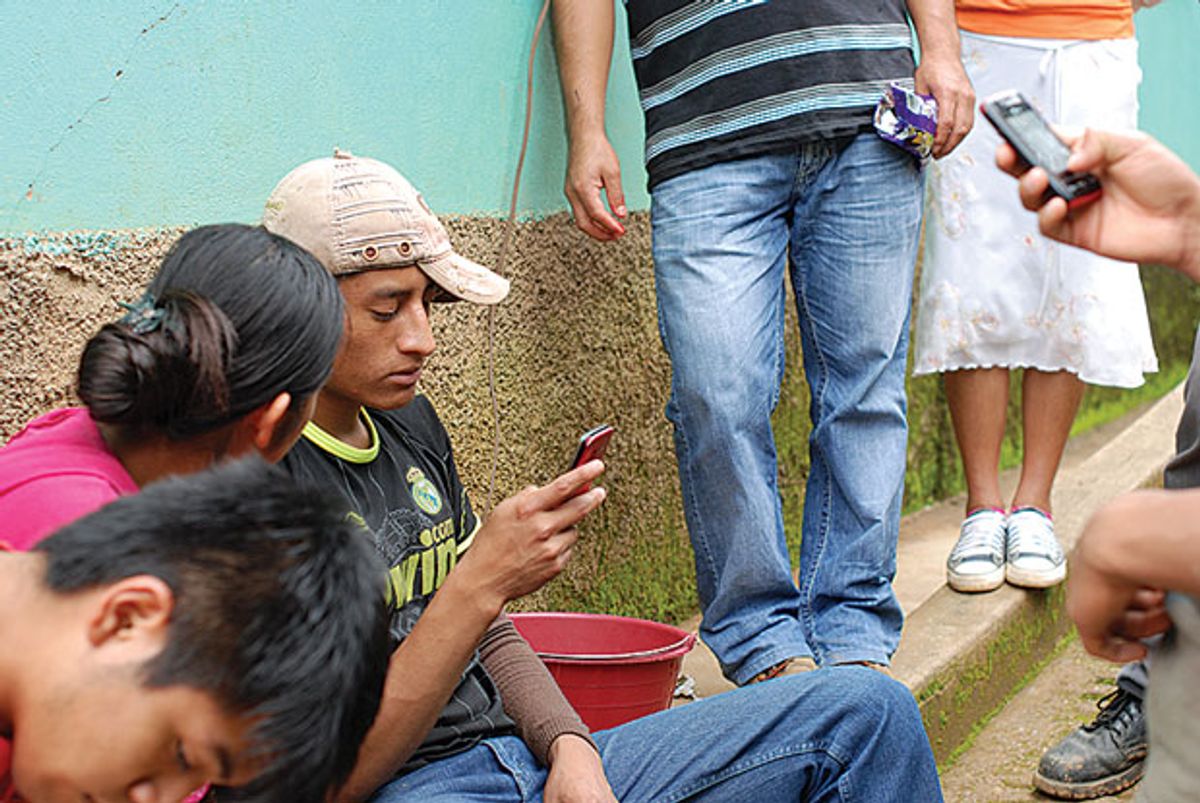Conventional cellphone networks aren’t for everybody. In the state of Oaxaca, Mexico, rural communities high in the Sierra Juárez mountains have been building their own 2G cellular networks using mostly open-source and low-cost software and hardware. These communities have liberated themselves from dependence on large commercial networks that had neglected their sparsely populated region.
They can do this in part thanks to software able to take over functions that once required hardware and to a parallel movement to make such software open source and almost free. So-called software-defined radios make it easier for tinkerers and researchers to prototype their own components for a 4G LTE technology cellular network. While a full open-source version of 4G LTE is not yet complete, a proposed agreement between some academic and industrial partners would ensure that open versions in the works will be interoperable with commercial systems.
It has taken decades to get this far. Telecommunications engineerRaymond Knopp of Eurecom, a research institute at Sophia Antipolis, in the South of France, has been experimenting with open versions of cellular radio since 1997, when he and others began playing with an open version of today’s third-generation standard. “It was something that looked a lot like 3G,” he recalls, “but it couldn’t interconnect to it.”
Starting around 2003, Knopp and his colleagues signed a series of contracts with Airbus, Alcatel-Lucent, National Instruments, and the French space agency to develop components of LTE and WiMax networks for hard-to-reach parts of France, or for quick deployment in emergency situations. To simplify the intellectual property issues, they developed the software using open-source licenses. “Open source was a way for us not having to hide anything, to avoid having people sign nondisclosure agreements left and right,” he says. By 2010, they realized that they had most of the components for a 4G LTE network, the fastest version of 4G. They call it OpenAirInterface.
Network engineer Paul Sutton of Trinity College Dublin says that OpenAirInterface is probably the most complete open 4G project so far. “LTE is a serious step change in computational complexity,” he says. But because programmers outside industry now have access to high-end computing power, it is more realistic for them to write their own experimental code for managing cellular networks. A Google software engineer, Ben Wojtowicz, almost single-handedly developed openLTE, an open-source LTE software implementation, in his spare time. Similarly, developer Fabrice Bellard created his own closed-source, commercial 4G LTE base-station software.
Cellular hardware is also growing more accessible to smaller organizations. Fairwaves, in Somerville, Mass., and NuRAN Wireless, in Quebec City, made the software-radio-based mobile networks used in Oaxaca. The cost is about an order of magnitude less than that of conventional mobile network operators’ base stations, in part because it does away with the need for multimillion-dollar core network servers by moving the network software onto the tower. The community network operates on GSM bands, with some data transmission comparable to that of the second generation of cellular networks, or 2G. Yet Fairwaves’s latest base station is “theoretically compatible” with 4G, says Fairwaves CEO Alexander Chemeris, and “there is a lot of interest in doing open-source 4G.”
So far, Fairwaves and OpenAirInterface have demonstrated their work at recent mobile network conferences. And Sutton’s startup, Software Radio Systems, in Cork, Ireland, will soon complete handset software and is developing its own base station. Knopp has formed an industry group called the OpenAirInterface Software Alliance, which is in discussions with the European Telecommunications Standards Institute, the organization that defines cellular network standards. The goal is to ensure that future standards—including 5G—will be compatible with open-source software. The alliance’s industry partners recently agreed to a new license for collaborative, experimental coding that would allow them to claim royalties on commercial applications of their contributions to new technology platforms. The license and open software could enable small outfits such as Software Radio Systems to innovate on top of a shared infrastructure and participate in the latest telecom generation. “The number-one big challenge is to get a very large community around what we have,” Knopp says.
This article originally appeared in print as “4G for All.”
Lucas Laursen is the technology policy editor at IEEE Spectrum. He covers how emerging technologies are changing the balance of power between companies, governments, and individuals. The rest of the time, he worries about his own balance on a bicycle, skis or the side of a mountain.



